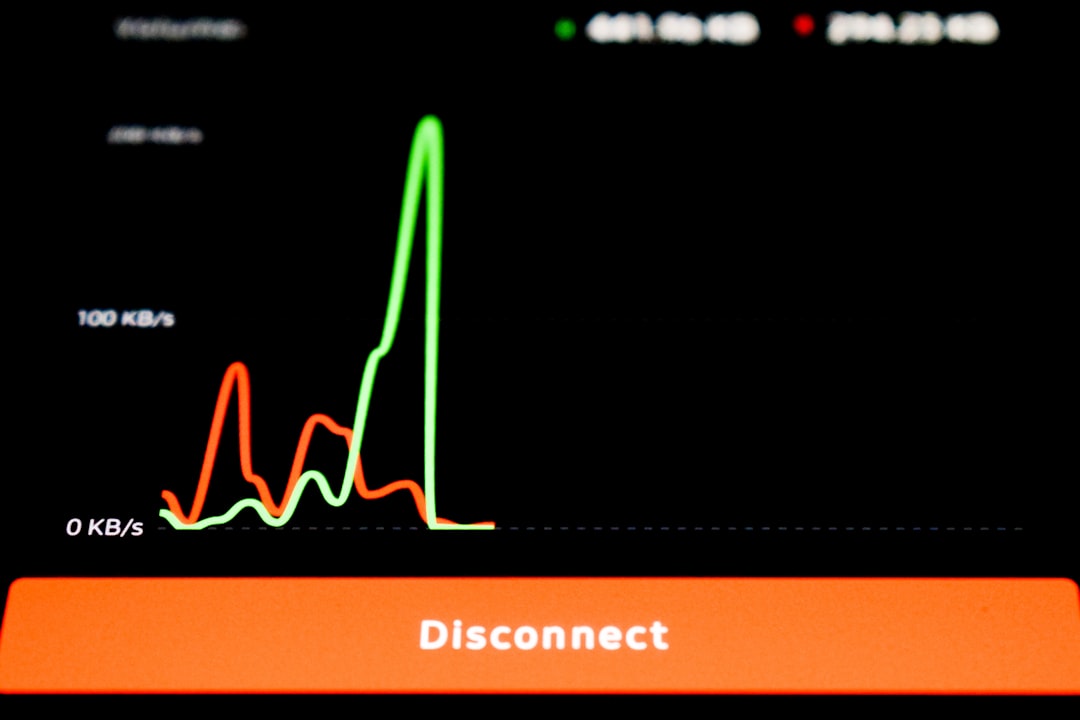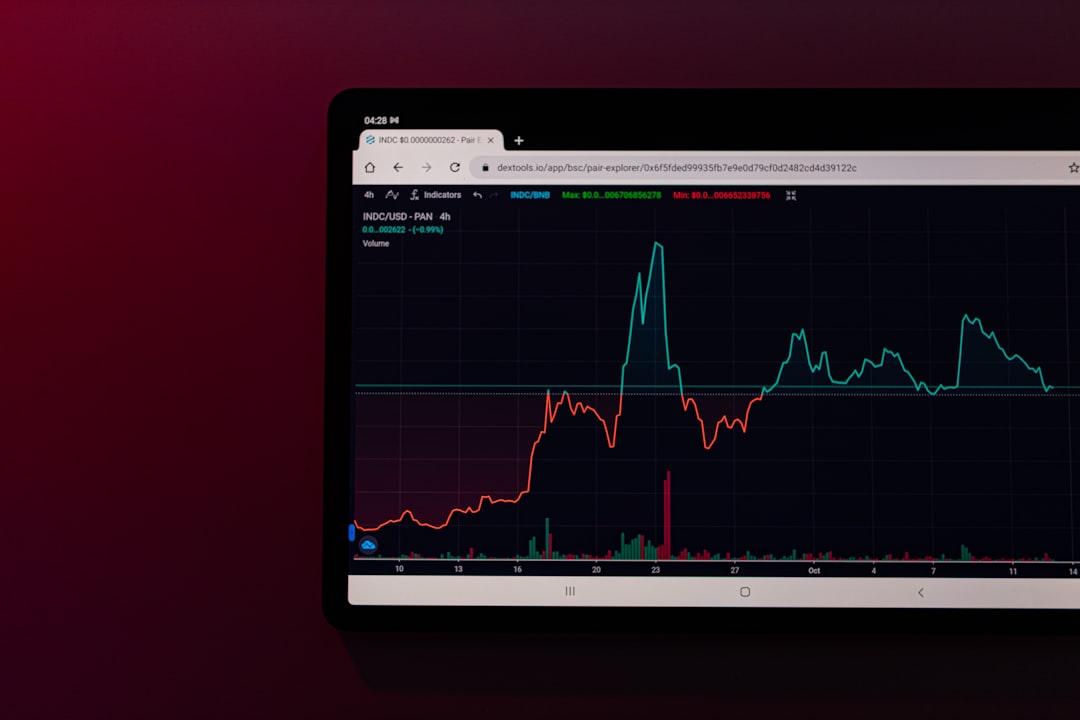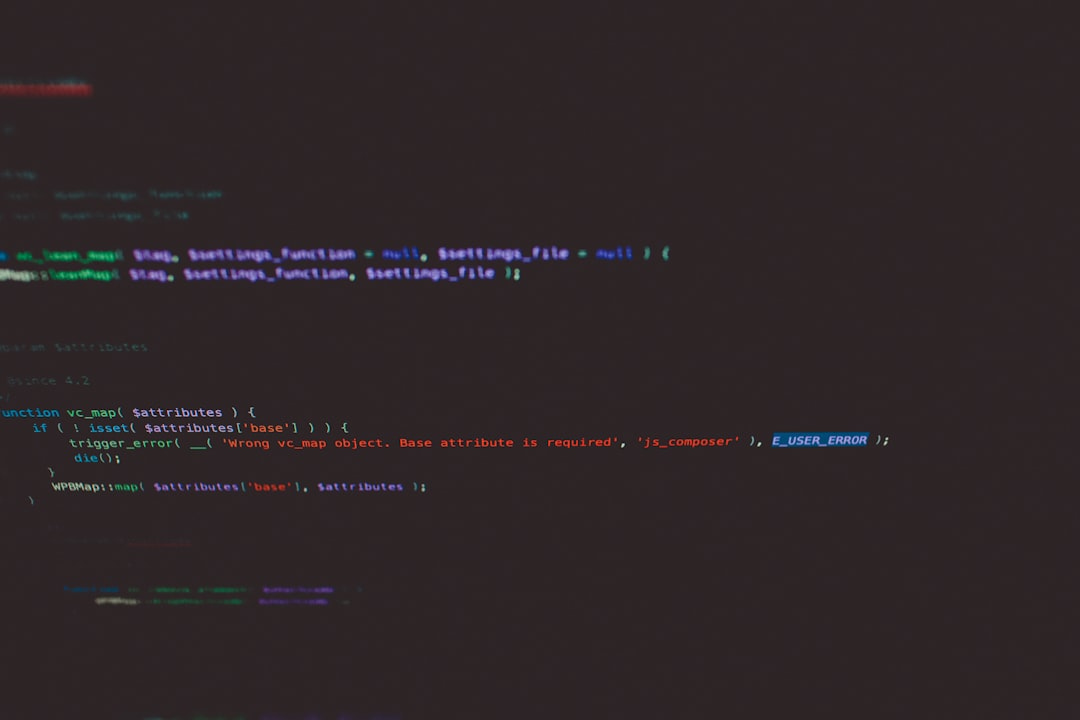Imagine you’re throwing a party, and you want your friends to know what’s going on. You have two options. You could tell them to keep checking their phones for a message every 10 minutes (not ideal). Or you could notify them as soon as something happens—like shouting, “Cake time!” when the dessert arrives. That, my friend, is the difference between old-school polling and modern event-driven integrations like Event Streams and Webhooks.
So, what are these two cool methods of integrating apps and systems? And which one should you choose? Let’s dive in!
What Are Event Streams?
Table of Contents
Event Streams are like a 24/7 ticker of updates from a system. They constantly flow, sending every new event or change that occurs. Applications can connect to these streams and pick up messages as they come in—like tuning into your favorite radio station.
These streams typically use technologies like:
- Apache Kafka
- Amazon Kinesis
- Google Pub/Sub
- Azure Event Hubs
They are super scalable and fast. Big companies love them for syncing massive amounts of data in real time.

What Are Webhooks?
Webhooks are like polite doorbells. When something happens, they send a message (usually an HTTP request) to another system and say, “Hey! Something changed!”
They’re simple, lightweight, and easy to set up. You just tell your app where to send the message, and it does the rest.
They look something like this:
POST /new-order HTTP/1.1
Host: partnerapp.com
Content-Type: application/json
{
"order_id": 12345,
"status": "processing"
}
Neat, right?
How Do They Compare?
Event Streams and Webhooks both notify you when something important happens. But the way they do it—and how much control you have—is very different.
Let’s break it down:
| Feature | Event Streams | Webhooks |
|---|---|---|
| Setup Complexity | High | Low |
| Real-time Speed | Very Fast | Fast |
| Reliability | Very High | Medium (retry logic needed) |
| Scalability | Excellent | Okay |
| Use Cases | Data pipelines, analytics | Simple app integrations |
Use Cases for Webhooks
Webhooks shine when simplicity is key. Here are some great times to use them:
- Notifying a CRM when a new lead signs up
- Sending an alert when a payment is completed
- Pinging a Slack channel when someone logs in
Basically, if you just want a system to let another system know “Hey, this happened,” a webhook works wonders.
Use Cases for Event Streams
Event Streams rule when there’s a lot happening, all the time. You need to process that information efficiently and, ideally, in real time.
Some good use cases:
- Streaming user activity data into a dashboard
- Real-time log monitoring
- Sending massive order data to warehouses
- Ingesting data from IoT devices

If your app lives in the world of big data, you’ll want Event Streams.
Pros and Cons Time!
Webhooks:
- ✔ Simple to build and maintain
- ✔ Lightweight
- ✔ Great for small integrations
- ✘ Limited retry logic unless you build it
- ✘ Harder to scale with high volume
Event Streams:
- ✔ Insanely scalable
- ✔ Can queue and replay events
- ✔ Built for serious throughput
- ✘ More complex setup
- ✘ Needs dedicated infrastructure
How to Choose?
Ask yourself a few questions:
- Do I just need to notify another system of small events? – Use a webhook.
- Will I be handling thousands of events per second? – Use event streams.
- Is this a one-to-one update or one-to-many? – Webhooks for one-to-one, streams for one-to-many.
- Is it critical that I never lose a message? – Event streams are more reliable.
Still confused? Here’s a fun metaphor:
Webhooks are like texting a friend when something happens—quick, efficient, informal.
Event streams are like a flashing stock ticker in Times Square—constant, dynamic, always on.
Bonus: Can They Work Together?
Yep! Sometimes you’ll find that a system uses event streams internally to process loads of data fast and then fires off webhooks externally to notify other apps.
It doesn’t always have to be one or the other. Many modern systems use a combination of both to get the best of both worlds.

Final Thoughts
Webhooks and Event Streams are both heroes in the world of integrations. Choosing the right one depends on what your application needs, how much data you’re dealing with, and how fast that data needs to move.
If you’re starting small and need something straightforward, go with webhooks. If you’re building the next real-time analytics platform, bring in the big guns with event streams.
And hey, no matter what you choose—just don’t make users refresh the page for updates. That’s sooo 2005 😉.
Happy Integrating!

